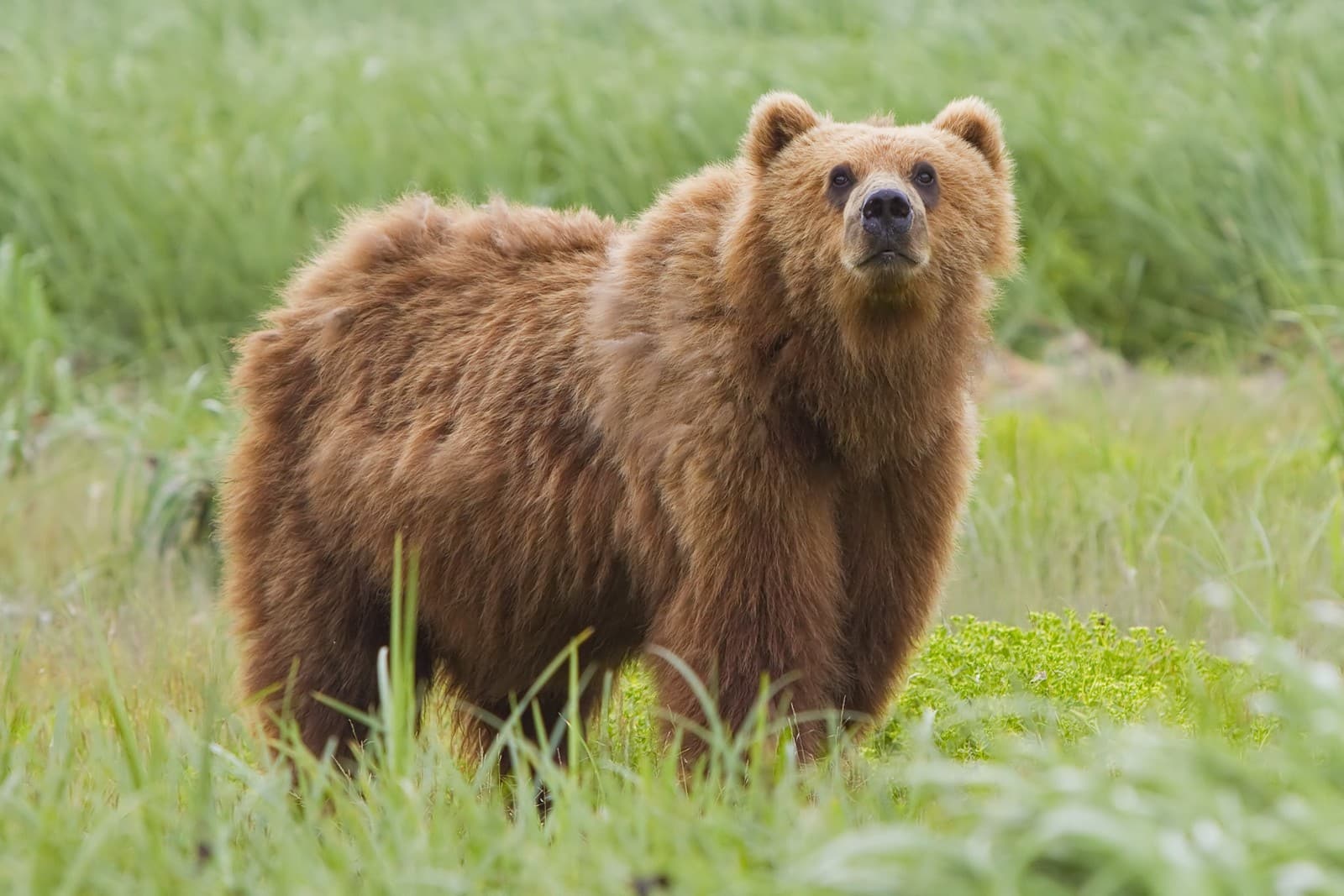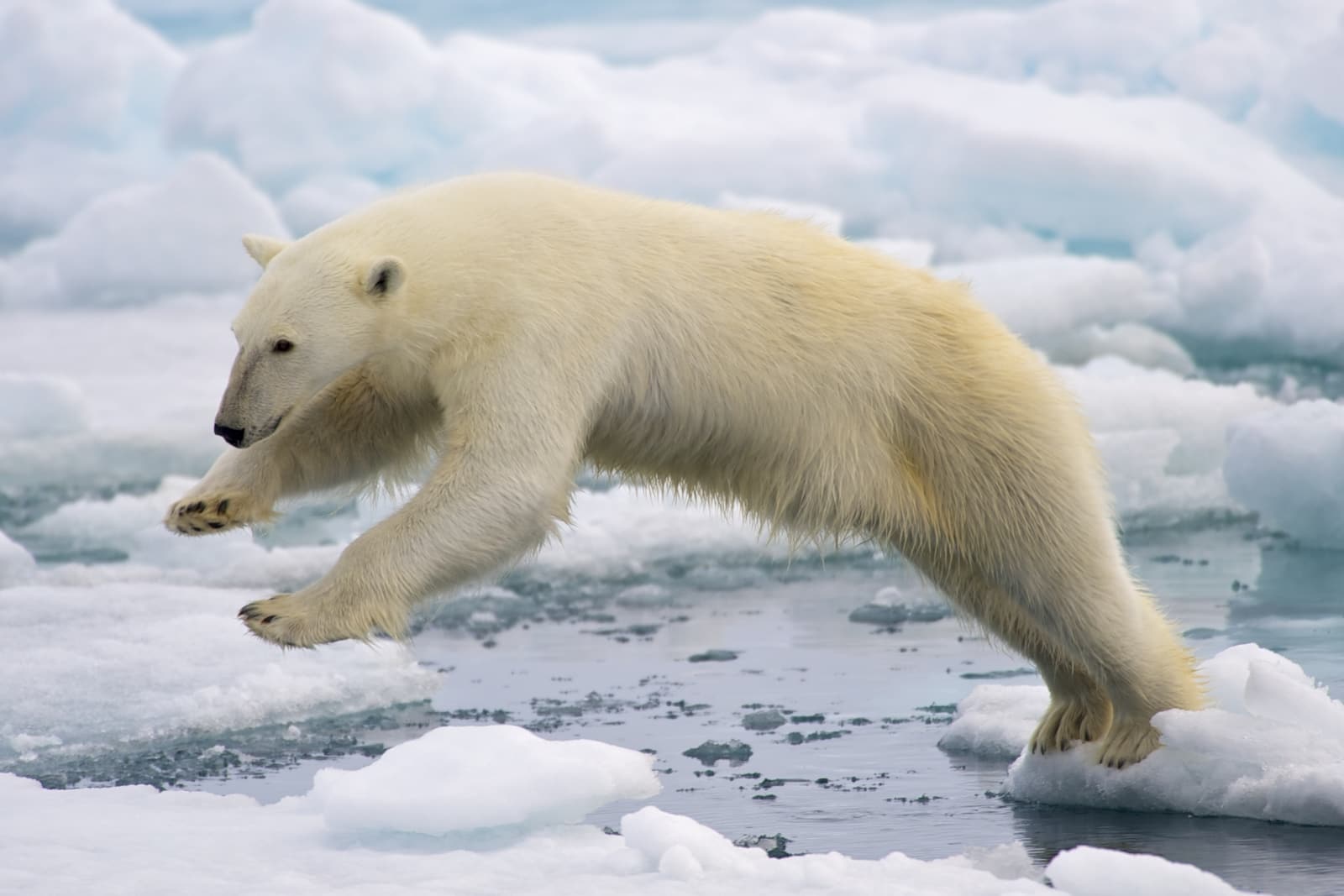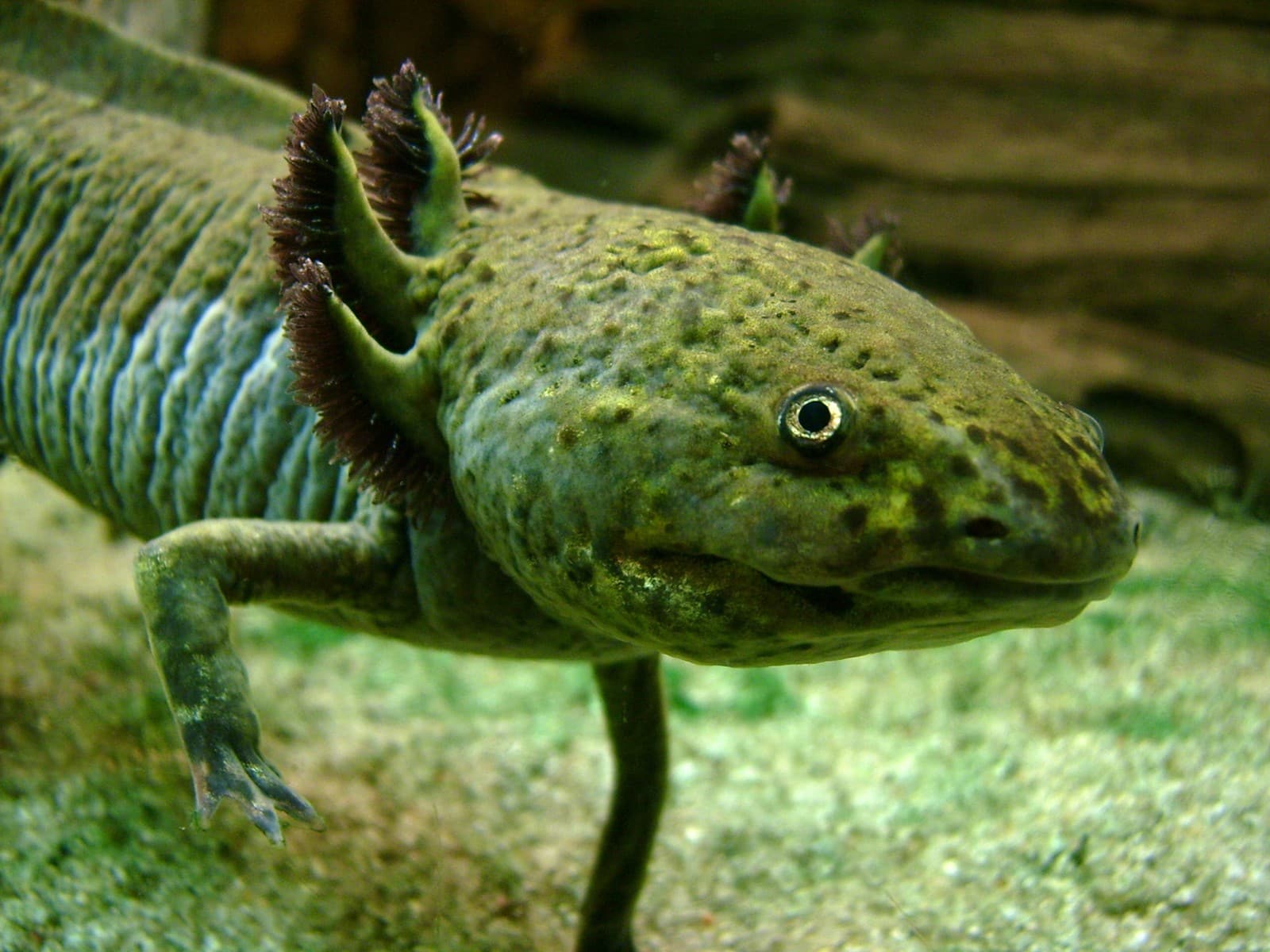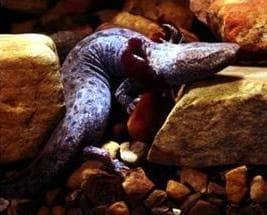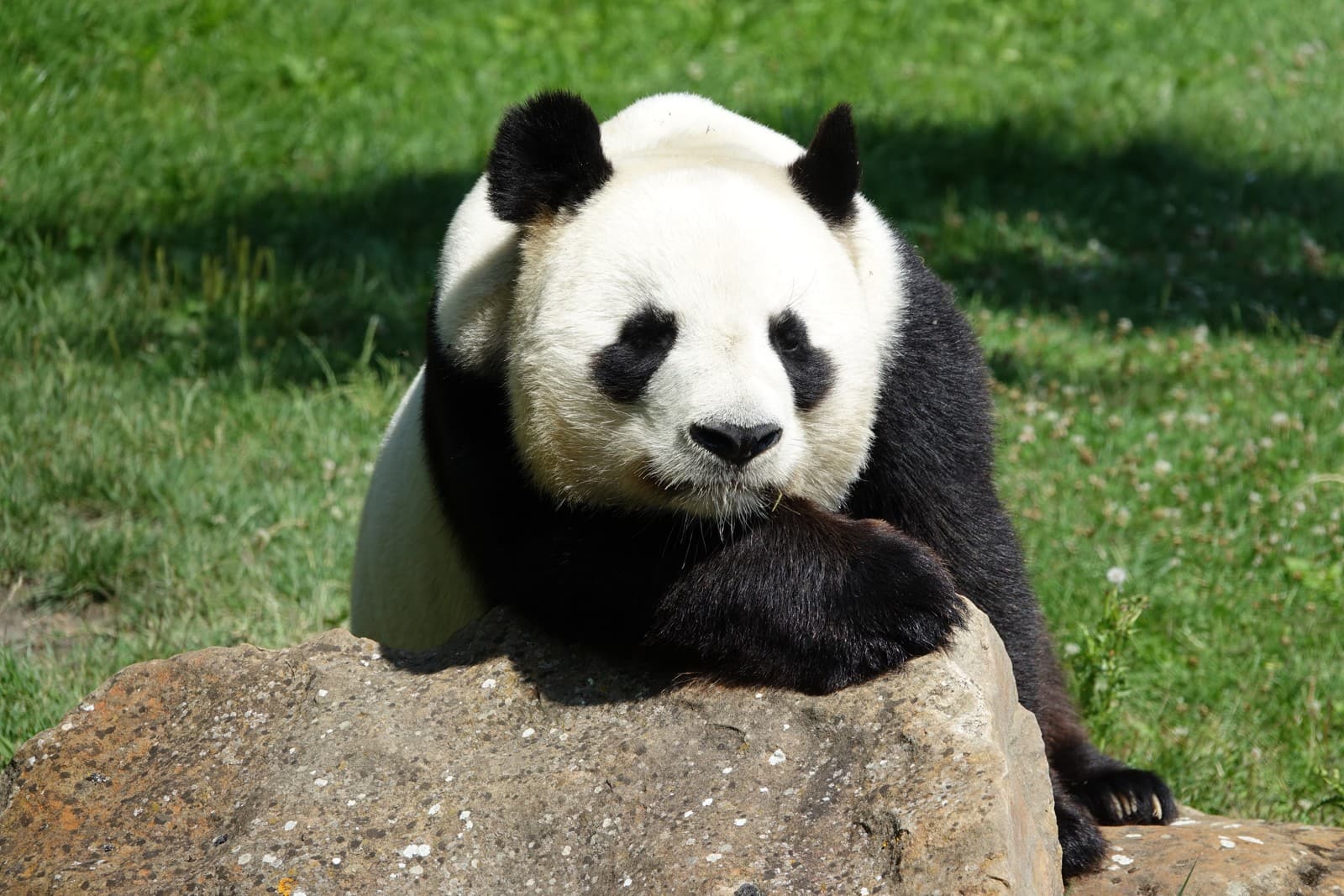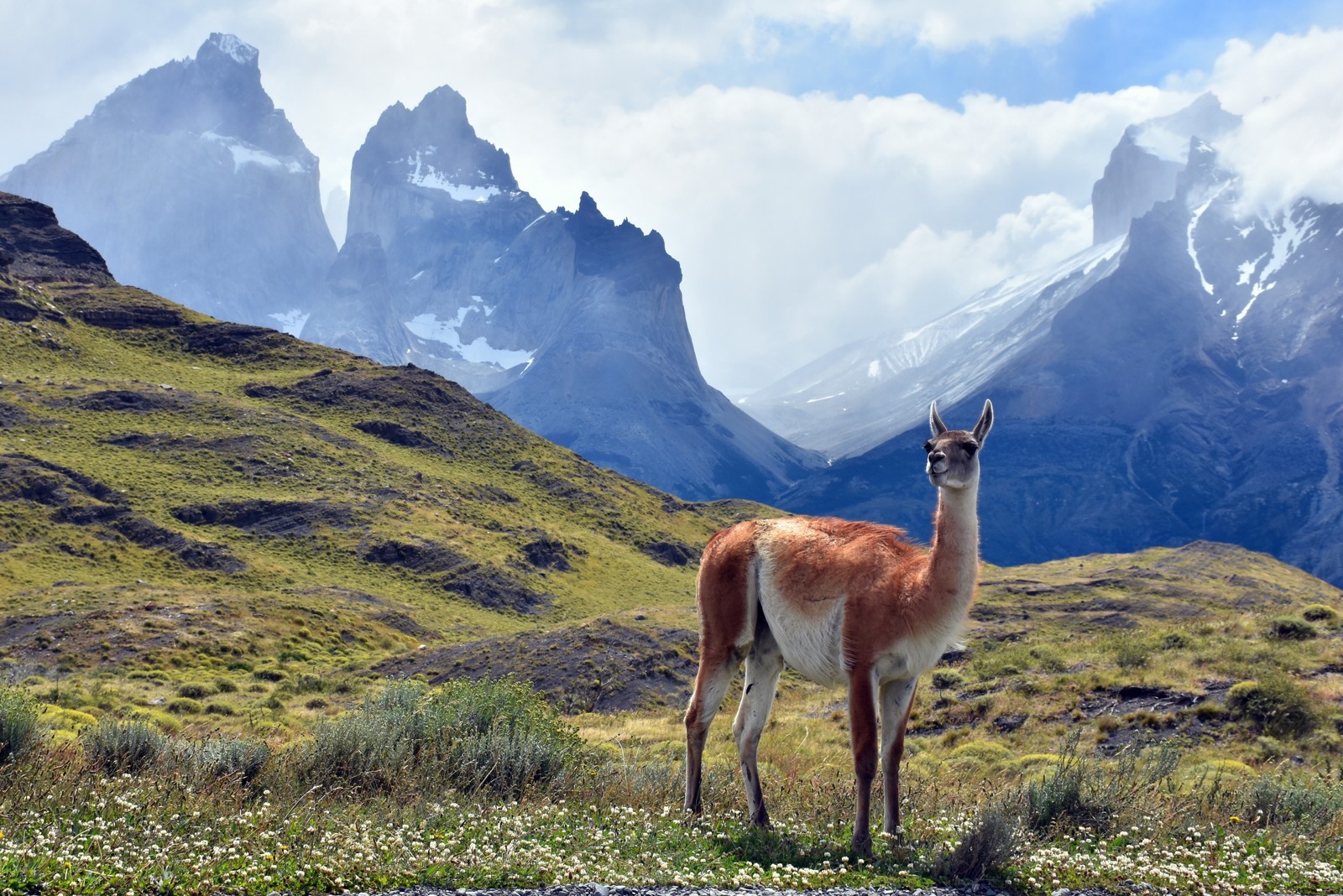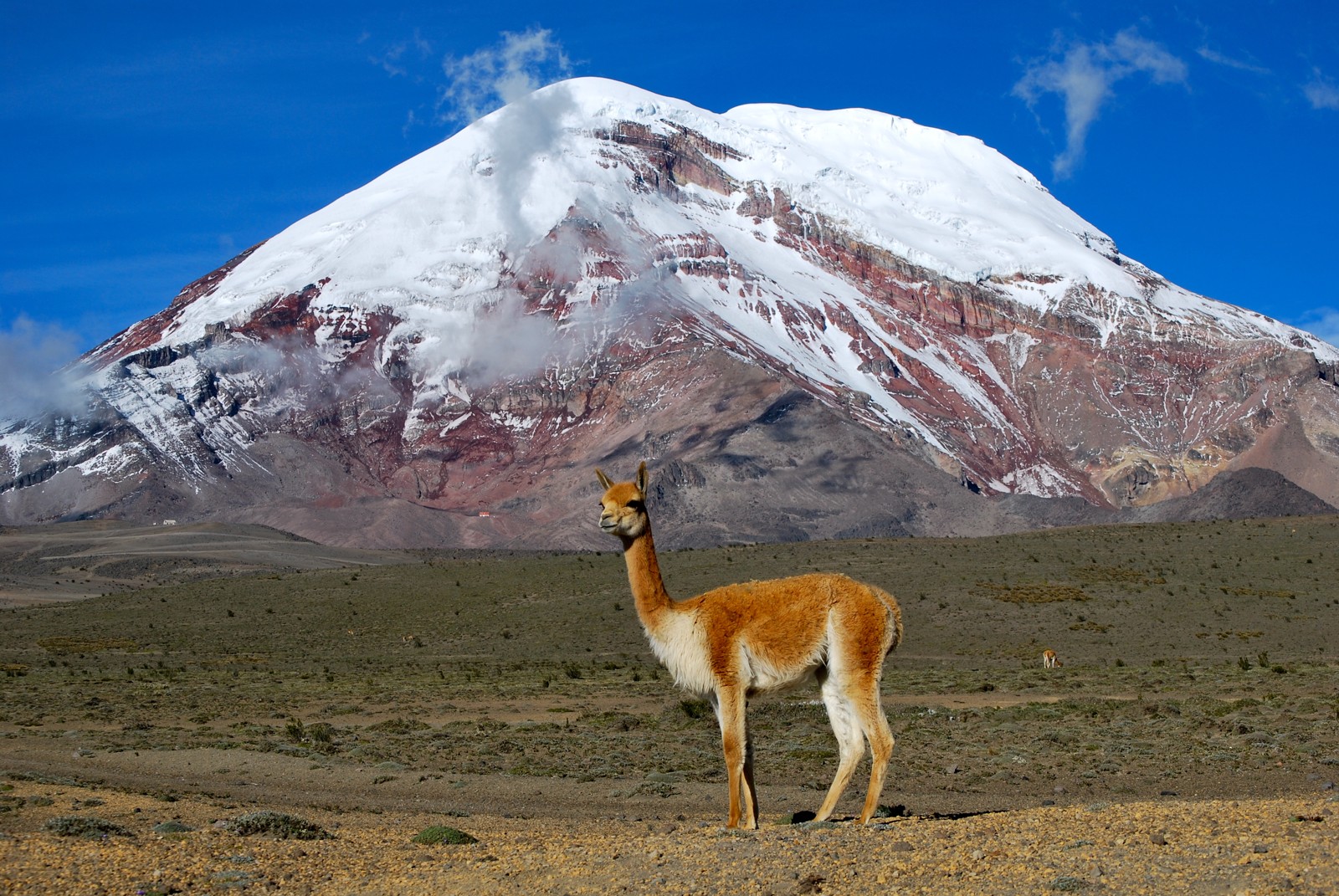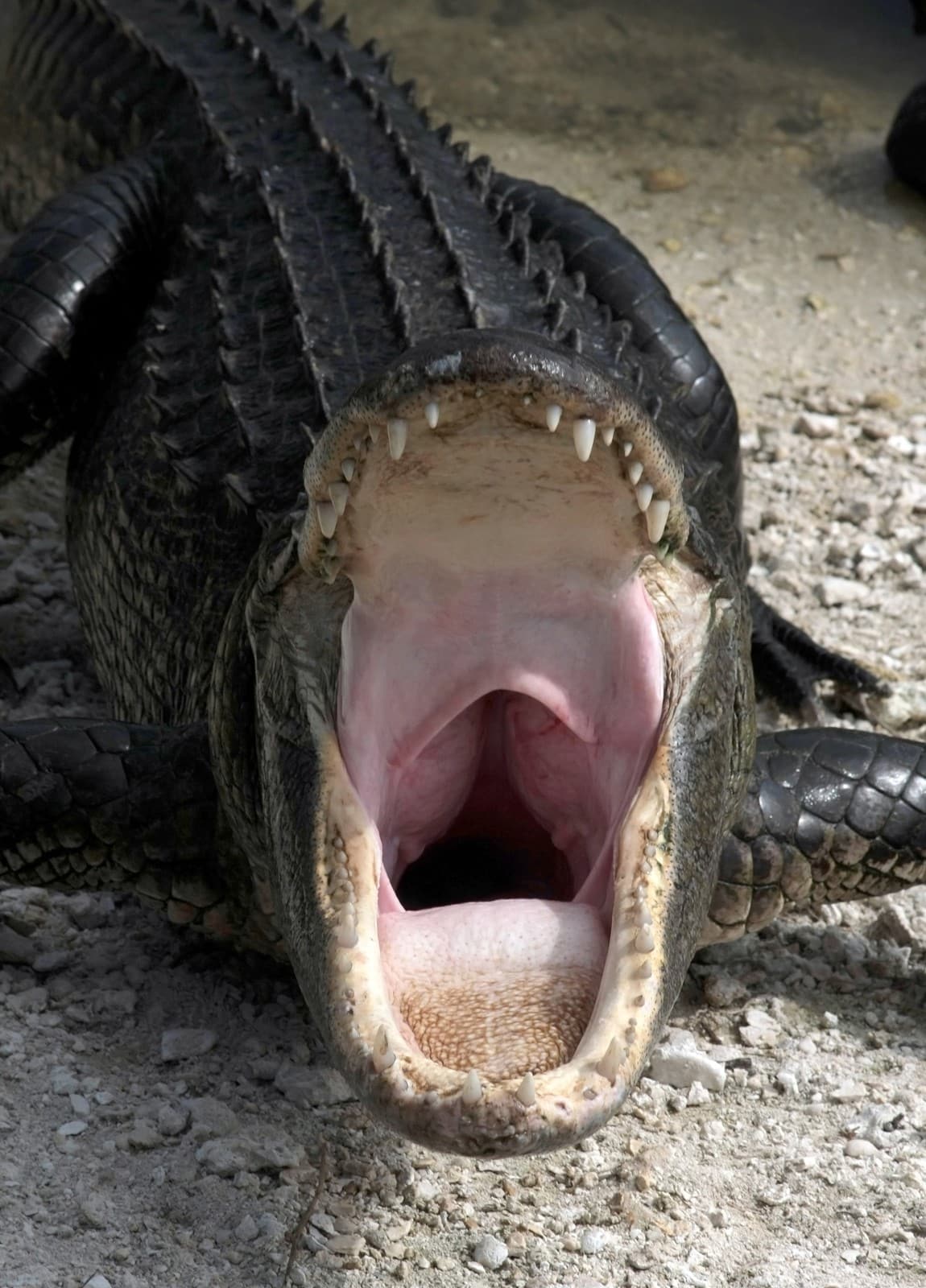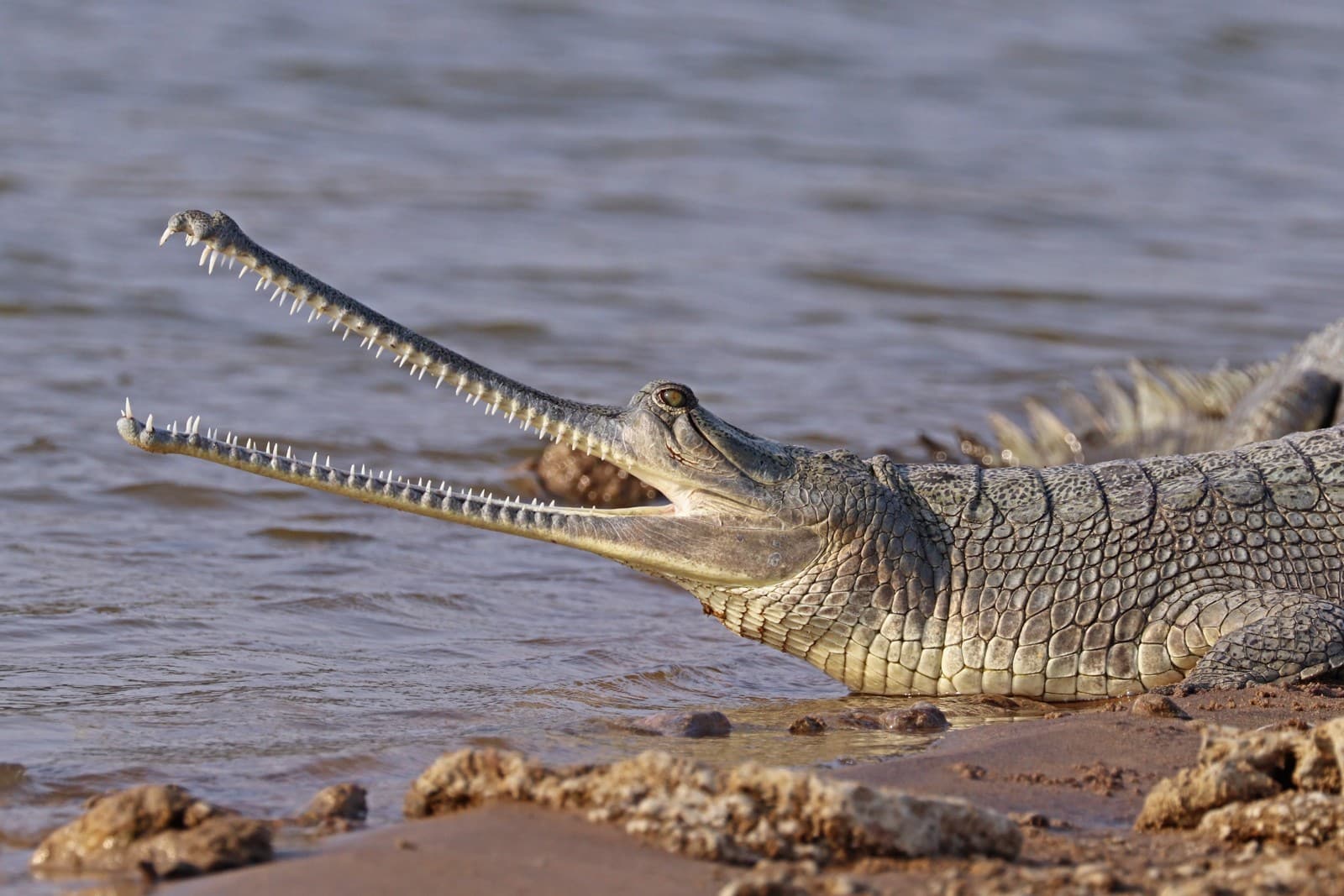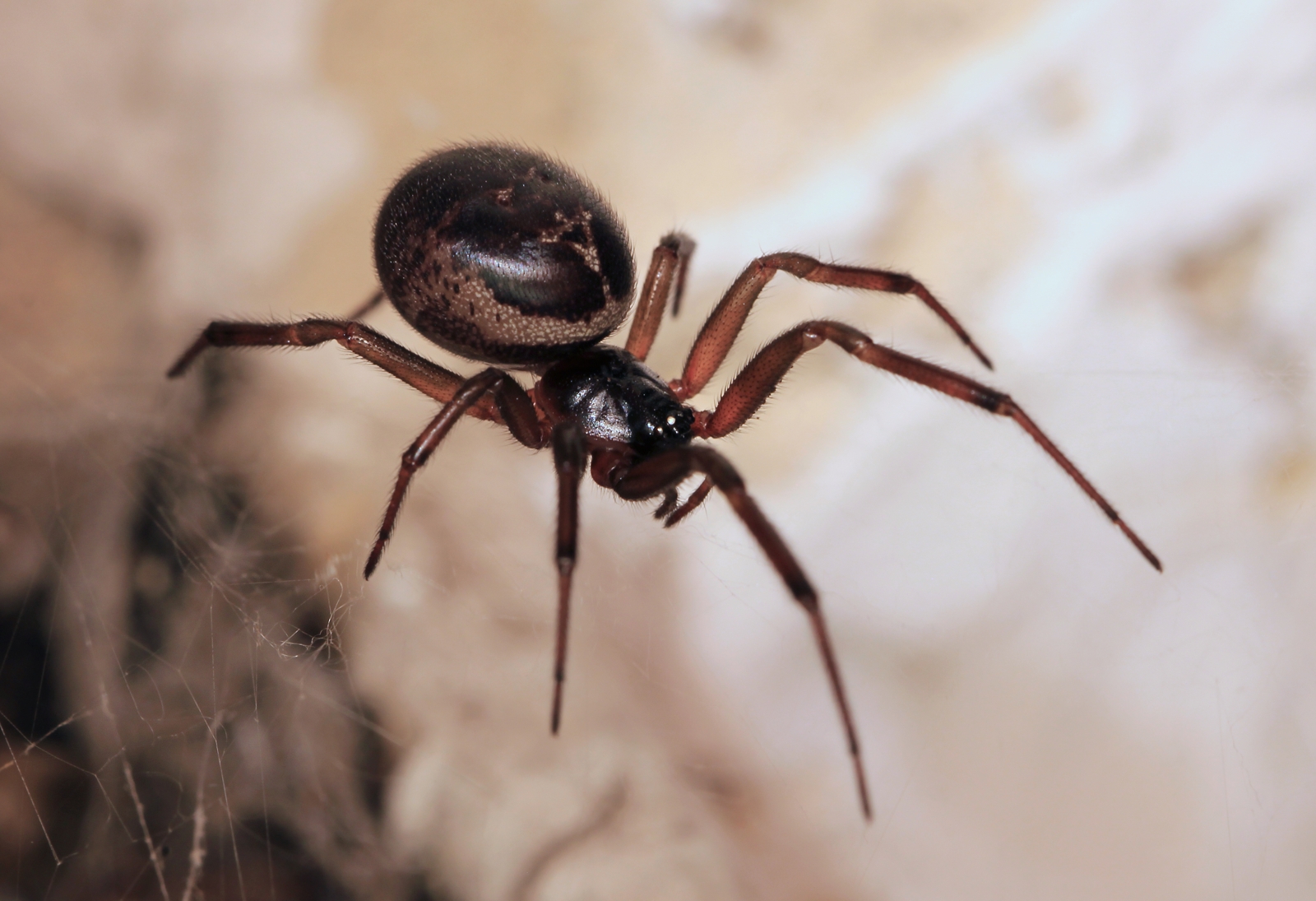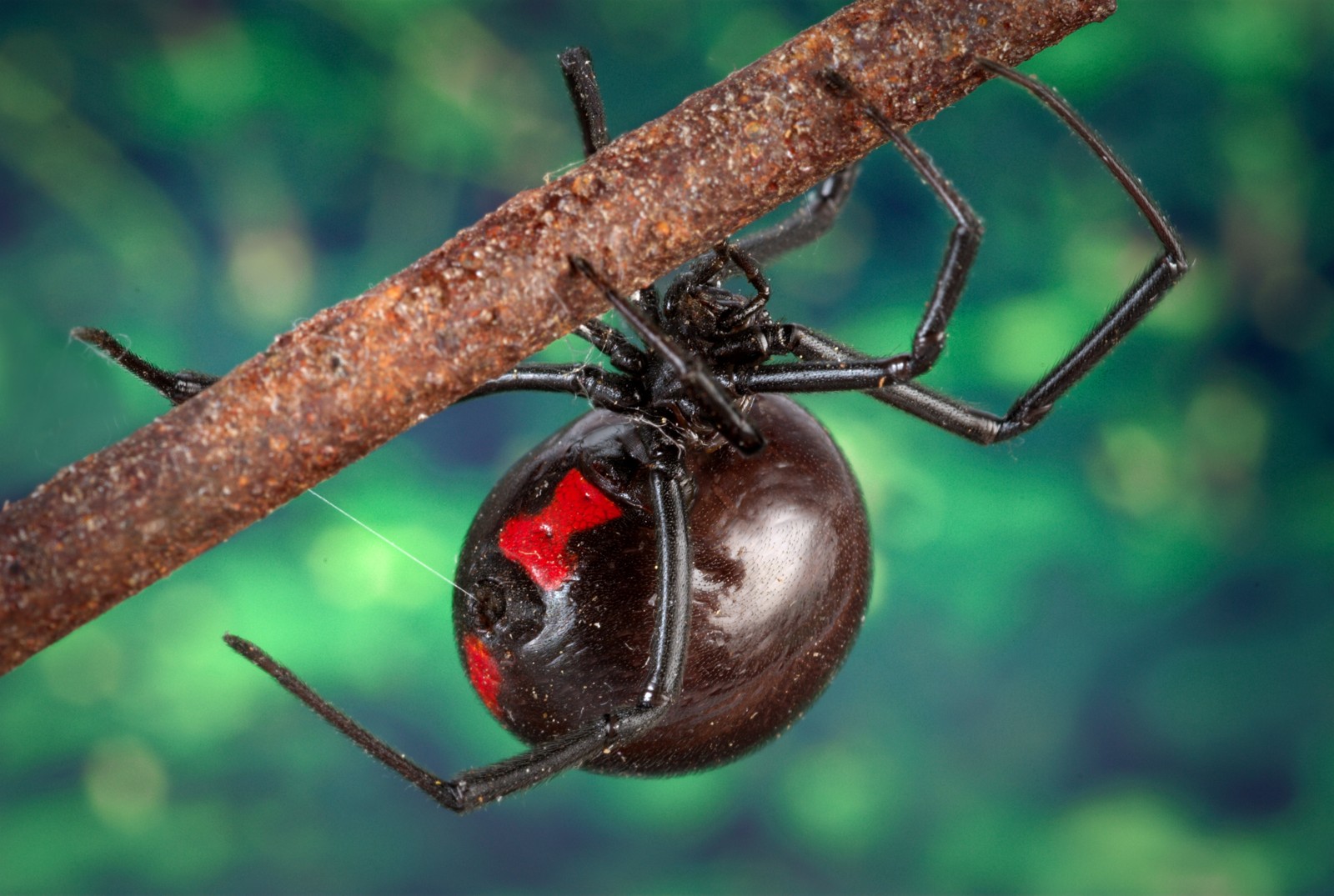Brown Bear vs Grizzly Bear: A Complete Comparison
The Brown Bear vs Grizzly Bear comparison often causes confusion among wildlife enthusiasts, but here’s the surprising truth: Grizzly Bears are actually a subspecies of Brown Bears (Ursus arctos). While all Grizzlies are Brown Bears, not all Brown Bears are Grizzlies. Adult Brown Bears can reach weights of up to 1,500 pounds (680 kg), while Grizzlies typically max out at around 800 pounds (363 kg).
Understanding the distinction between these magnificent omnivores requires examining their unique adaptations, habitats, and behaviors. Coastal Brown Bears, for instance, have access to protein-rich salmon runs and grow significantly larger than their inland Grizzly cousins, who rely more heavily on vegetation and small prey.
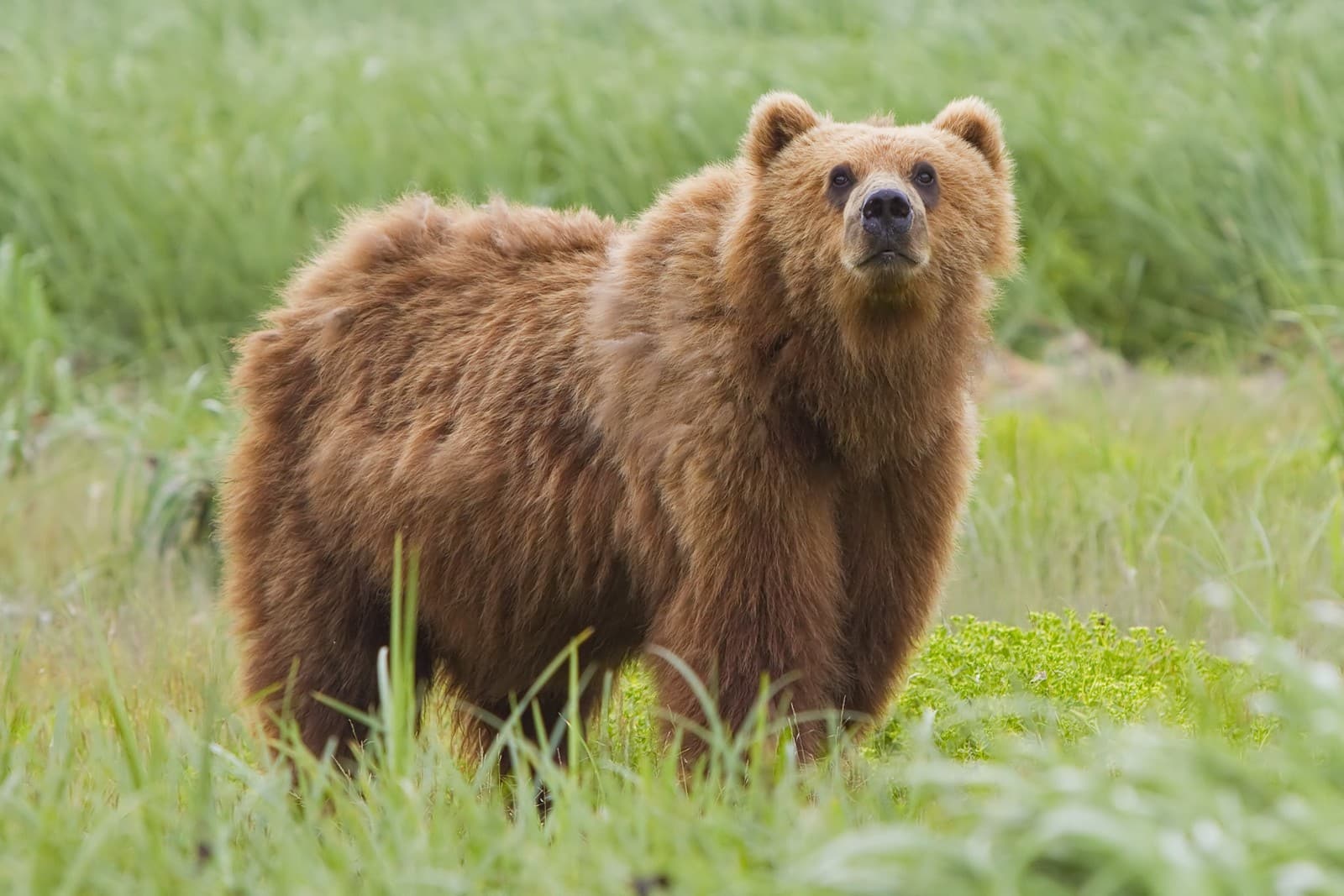
© Yathin S Krishnappa / CC BY-SA 3.0
A classic Coastal Brown Bear displaying the robust build and thick fur characteristic of these massive omnivores. Note the absence of the pronounced shoulder hump typical in Grizzlies.
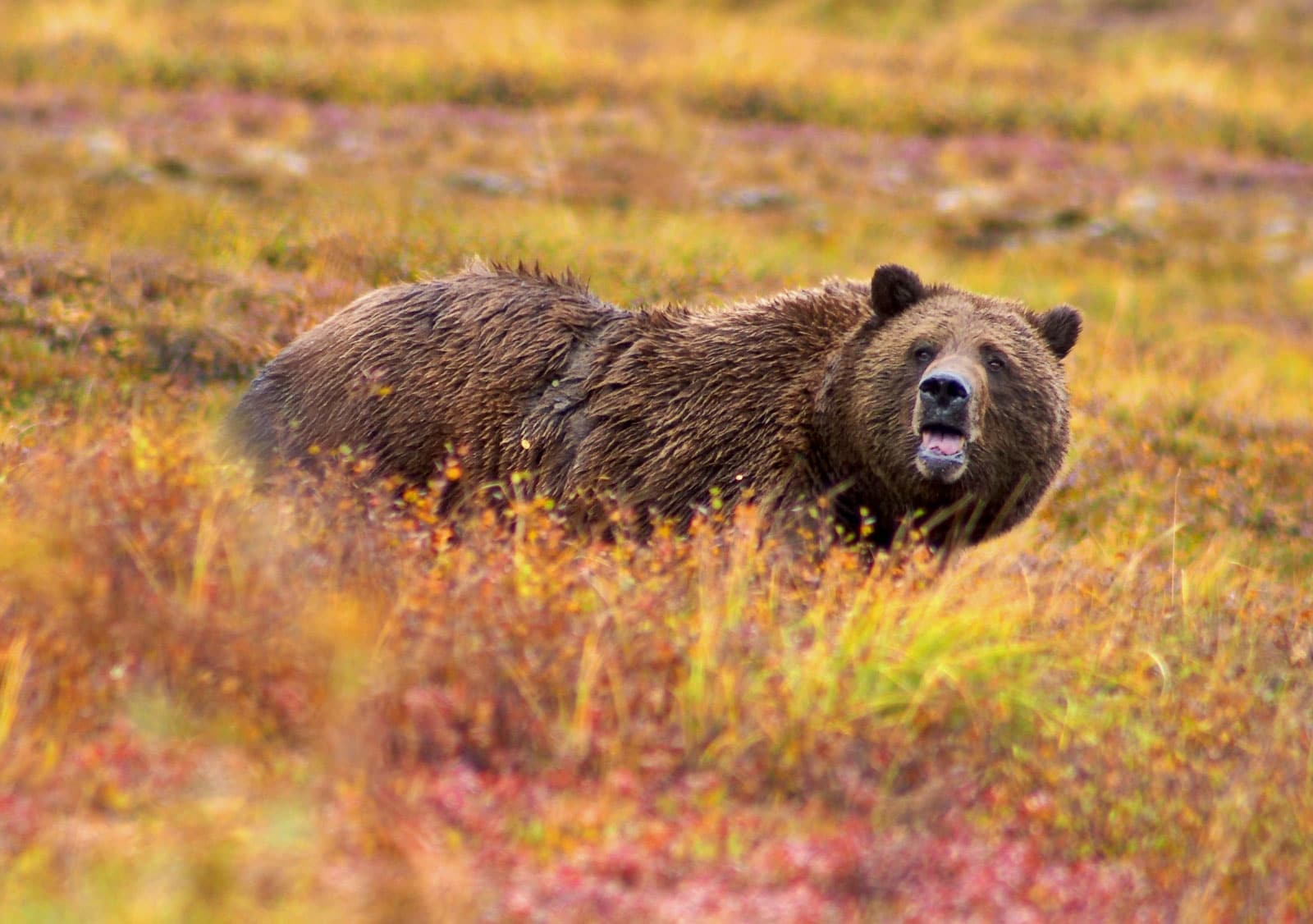
© / CC BY 2.5
An inland Grizzly Bear showing its distinctive shoulder hump and dish-shaped face while foraging in alpine terrain during autumn.
Key Differences Between Brown Bears and Grizzly Bears
| Feature | Brown Bear | Grizzly Bear |
|---|---|---|
| Size | Up to 1,500 lbs (680 kg) | Up to 800 lbs (363 kg) |
| Shoulder Hump | Less pronounced | Prominent muscular hump |
| Habitat | Coastal areas to mountains | Inland mountain regions |
| Diet | Heavy emphasis on fish | More vegetation and small prey |
| Claw Length | 2-4 inches (5-10 cm) | 4-6 inches (10-15 cm) |
| Face Shape | More rounded profile | Distinctive dish-shaped face |
Habitat and Distribution
Coastal Brown Bears inhabit rich ecosystems along the Pacific coast, from Alaska to British Columbia, where abundant salmon runs support their massive size. These bears have adapted to fishing in rivers and estuaries, developing shorter claws and more rounded faces compared to their inland relatives.
Grizzly Bears, meanwhile, occupy inland mountain regions across North America, from Wyoming to Alaska. Their longer claws and pronounced shoulder humps evolved for digging roots and creating dens in challenging mountain terrain.
Diet and Feeding Behavior
The dietary differences between Brown Bears and Grizzlies significantly influence their size and behavior:
-
Coastal Brown Bears:
- 80% of diet can be salmon during peak seasons
- Access to marine mammals and shellfish
- Regular protein intake enables larger size
- More concentrated food sources
-
Grizzly Bears:
- 80-90% plant matter in diet
- Berries, roots, and tubers
- Occasional small mammals and carrion
- Must cover more territory for food
Physical Characteristics
The most notable physical differences between Brown Bears and Grizzlies include:
- Body Size: Coastal Brown Bears generally grow larger due to better nutrition
- Shoulder Hump: More pronounced in Grizzlies for digging ability
- Facial Profile: Grizzlies show more dish-shaped faces
- Fur Color: Both vary from blonde to dark brown, despite names
- Claw Length: Grizzlies have longer claws for digging
Who Would Win in a Confrontation?
While both bears are formidable predators, a matchup between a Coastal Brown Bear and a Grizzly would likely favor the Brown Bear due to:
- Size Advantage: Often 30-40% larger
- Greater Fighting Experience: More competition for food resources
- Stronger Bite Force: Up to 1,200 PSI vs 975 PSI for Grizzlies
- More Robust Build: Thanks to protein-rich diet
However, it’s crucial to note that such confrontations rarely occur in nature due to different habitat preferences.
Conservation Status
Both Brown Bears and Grizzlies face similar conservation challenges:
- Habitat fragmentation
- Human-wildlife conflict
- Climate change impacts on food sources
- Population isolation
Current estimates place North American Brown Bear populations at approximately 55,000 individuals, with roughly 30,000 of those being Grizzlies.
Understanding the distinctions between Brown Bears and Grizzly Bears helps inform conservation efforts and promotes coexistence with these remarkable animals. While they share many characteristics, their adaptations to different environments showcase nature’s incredible ability to specialize within a single species.
